| Autore |
 Discussione Discussione  |
|
|
Amir
Utente Senior
   

Città: Tel-Aviv
Regione: Israel

785 Messaggi
Tutti i Forum |
|
|
Amir
Utente Senior
   

Città: Tel-Aviv
Regione: Israel

785 Messaggi
Tutti i Forum |
 Inserito il - 22 novembre 2007 : 20:50:28 Inserito il - 22 novembre 2007 : 20:50:28


|
Set 2
Immagine:
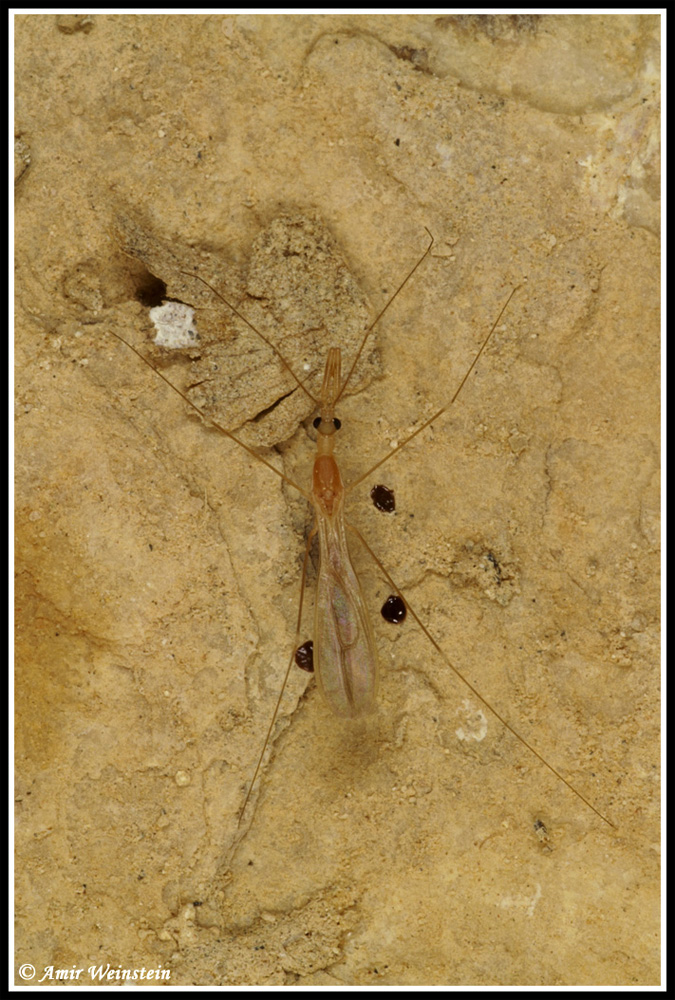
298,6 KB
Immagine:
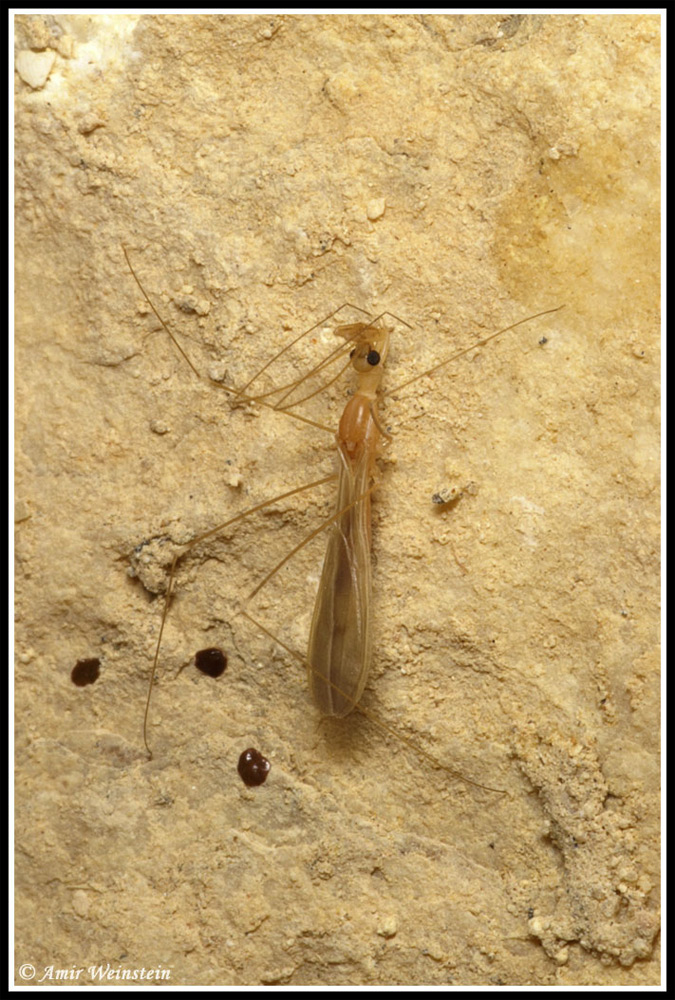
267,86 KB
my albums:
Link |
 |
|
|
Amir
Utente Senior
   

Città: Tel-Aviv
Regione: Israel

785 Messaggi
Tutti i Forum |
 Inserito il - 22 novembre 2007 : 20:51:48 Inserito il - 22 novembre 2007 : 20:51:48


Classe: Hexapoda Ordine: Hemiptera Heteroptera Famiglia: Reduviidae Genere: Rhaphidosoma Specie:Rhaphidosoma lutescens
|
Also from Sede-boker but form more rocky hills habitat
found active in a rainy day
ID as Rhaphidosoma lutescens. it's common species in the south and center of Israel.
December 2006
Rhaphidosoma lutescens Poppius, 1911
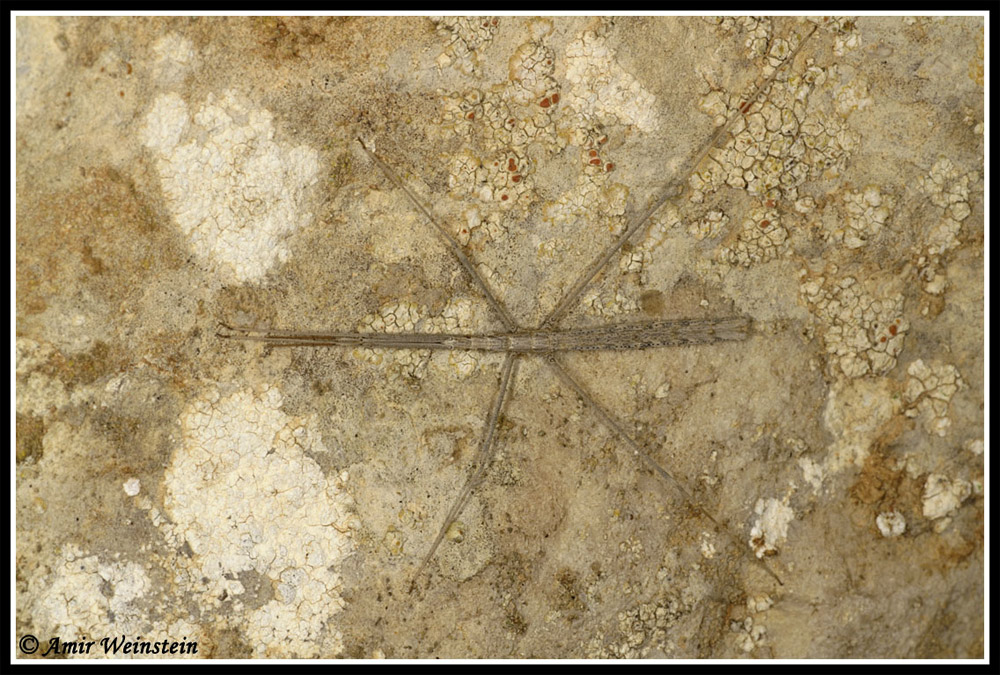
270,41 KB
my albums:
Link |
Modificato da - Paris in data 24 novembre 2007 01:57:57 |
 |
|
|
Amir
Utente Senior
   

Città: Tel-Aviv
Regione: Israel

785 Messaggi
Tutti i Forum |
 Inserito il - 22 novembre 2007 : 20:53:17 Inserito il - 22 novembre 2007 : 20:53:17


Classe: Hexapoda Ordine: Hemiptera Heteroptera Famiglia: Reduviidae Genere: Reduvius Specie:Reduvius jakovleffi
|
This photo is from Tel-Aviv area
ID as Reduvius jakovleffi (common in all part of Israel)
We have also the Reduvius tabidus that look similar but a little smaller and common in the center and south.
So ID is not clear
Sandy habitat, June 2006
Reduvius jakovleffi Reuter, 1892
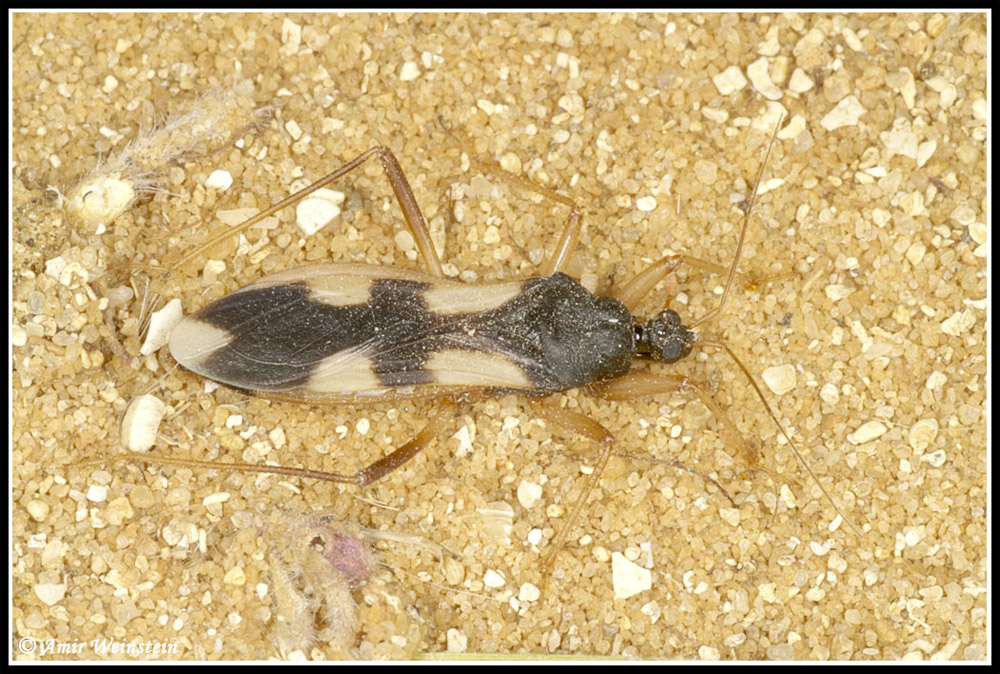
287,42 KB
my albums:
Link |
Modificato da - Paris in data 24 novembre 2007 02:00:54 |
 |
|
|
Amir
Utente Senior
   

Città: Tel-Aviv
Regione: Israel

785 Messaggi
Tutti i Forum |
 Inserito il - 22 novembre 2007 : 20:54:55 Inserito il - 22 novembre 2007 : 20:54:55


Classe: Hexapoda Ordine: Hemiptera Heteroptera Famiglia: Reduviidae Genere: Rhaphidosoma Specie:Rhaphidosoma sp.
|
This photo was the only one I got. After the first photo, the bug was fly away
I'm not sure its Reduviidae at all
Photo at same location and time of the previous photo.
Rhaphidosoma sp.
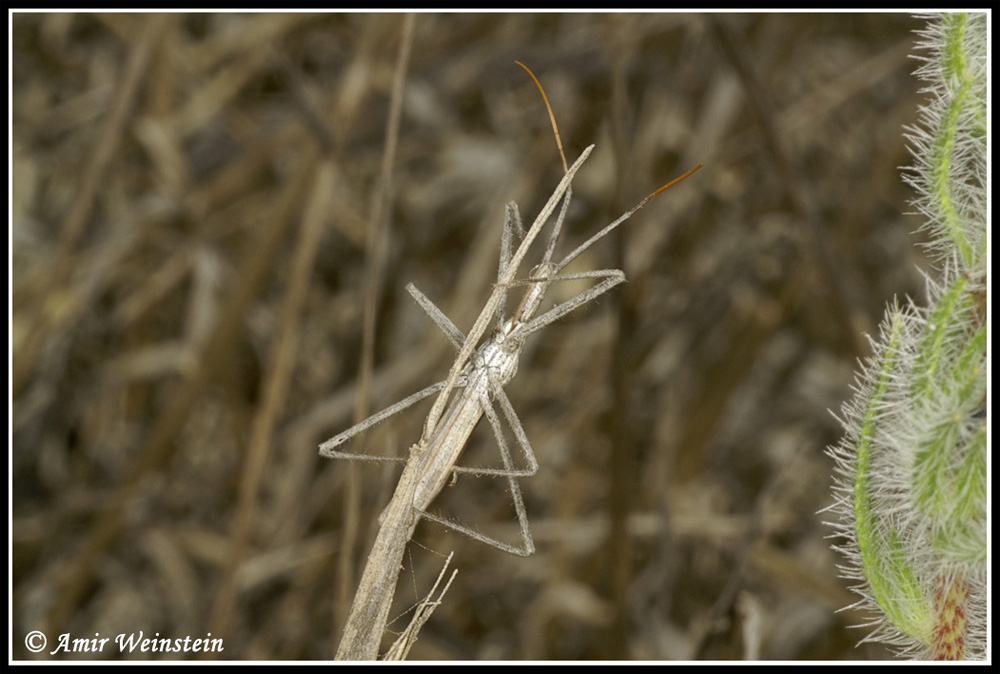
177,6 KB
my albums:
Link |
Modificato da - Paris in data 24 novembre 2007 02:02:43 |
 |
|
|
Amir
Utente Senior
   

Città: Tel-Aviv
Regione: Israel

785 Messaggi
Tutti i Forum |
 Inserito il - 22 novembre 2007 : 21:01:11 Inserito il - 22 novembre 2007 : 21:01:11


Classe: Hexapoda Ordine: Hemiptera Heteroptera Famiglia: Reduviidae Genere: Sphedanolestes Specie:Sphedanolestes annulatus
|
The first photo in this set is Sphedanolestes annulatus.
very common in Israel
Sphedanolestes annulatus Linnavuori, 1961
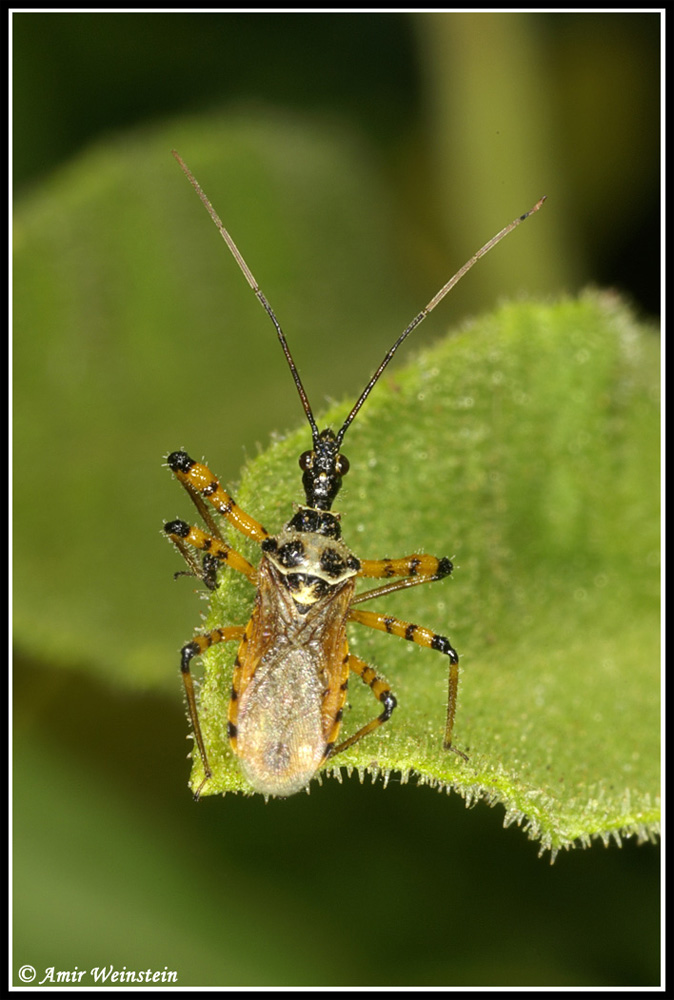
170,14 KB
my albums:
Link |
Modificato da - Paris in data 24 novembre 2007 02:04:14 |
 |
|
|
lynkos
Con altri occhi
    

Città: Sant'Eufemia a Maiella
Prov.: Pescara
Regione: Abruzzo

17647 Messaggi
Tutti i Forum |
 Inserito il - 23 novembre 2007 : 05:49:23 Inserito il - 23 novembre 2007 : 05:49:23


|
Thanks Amir, as usual, amazing photographs. If anyone needs a translation into italiano... just let me know  . .
Sarah
"... mi rendo conto anche che non possiamo vincere questa battaglia per salvare specie e ambienti senza creare un legame emozionale tra noi e la natura, poiché non lotteremo per salvare ciò che non amiamo, ma che apprezziamo solo in qualche senso astratto" (S. J. Gould) |
 |
|
|
Paris
Moderatore
    

Città: Sondrio
Prov.: Sondrio
Regione: Lombardia

5748 Messaggi
Flora e Fauna |
 Inserito il - 24 novembre 2007 : 00:10:18 Inserito il - 24 novembre 2007 : 00:10:18


|
The second photo made by Amir. He says: "The second photo look similar but i'm not sure. maybe differences in the species".
Immagine:
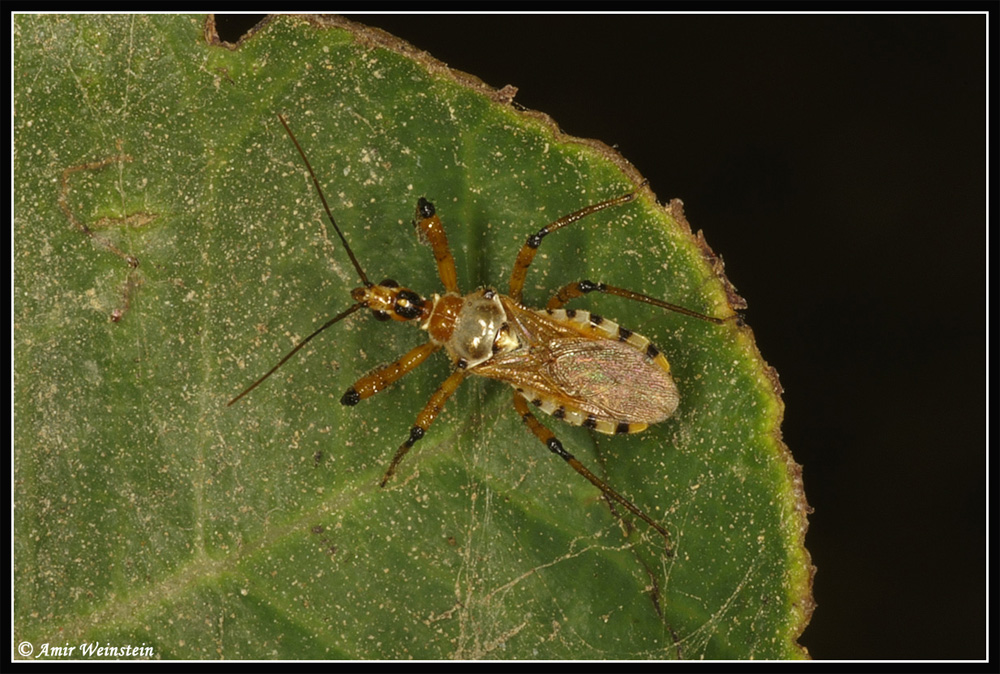
266,41 KB
|
 |
|
|
Paris
Moderatore
    

Città: Sondrio
Prov.: Sondrio
Regione: Lombardia

5748 Messaggi
Flora e Fauna |
 Inserito il - 24 novembre 2007 : 01:04:37 Inserito il - 24 novembre 2007 : 01:04:37


|
| Messaggio originario di Amir:
The first photo in this set is Sphedanolestes annulatus.
very common in Israel
Immagine:

170,14 KB
my albums:
Link
|
This is the original drawings of Linnavuori
Immagine:
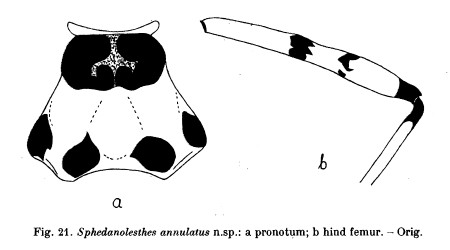
20,78 KB
And this is the original description:
"Length 7 - 8 mmn. Head shining, yellowish; tylus, a V-shaped figure behind antennae-and entire basal portion (excluding a small yellow spot behind ocelli) black. Antennae dark brown, Ist joint sometimes lighter. Rostrum orange. Pronotumn shining, whitish grey; anterior lobe and 4 roundish basal spots black. Scutellum black, apex yellow. Elytra hyaline, corium
with a reddish brown tinge; veins reddish brown; membrane smoky. Dorsal surface of abdomen darkened medially, sides broadly orange, paratergites with black spots. Ventral surface of abdomen orange, sometimes ± infumed medially. Thorax heavily marked with black. Legs: femora orange; apex, 2 narrow median rings and a small spot at base blackish; tibiae dark reddish brown, base blackish; tarsi dark brown".
Linnavuori (1961) separates S.annulatus from S.pulchellus:
"Closely related to S. pulchellus (K.) but smaller, graciler and dissimilarly coloured. In S. pulchellus the basal black pronotal spots are confluent laterally being so only in the middle of the disk separated by the grey ground colour and the femora have only one dark median ring. Moreover the eyes are larger, the vertex (9) is only 1.93 x as broad as eye and the antennae
are shorter..."
-----------
"La vita è l'arte dell'incontro" (Vinicius De Moraes) |
 |
|
|
Amir
Utente Senior
   

Città: Tel-Aviv
Regione: Israel

785 Messaggi
Tutti i Forum |
 Inserito il - 24 novembre 2007 : 19:51:30 Inserito il - 24 novembre 2007 : 19:51:30


|
Thanks for all the IDs
Regarding the Sphedanolestes,I still did not understand if the second photo was S. annulatus or S.pulchellus
my albums:
Link |
 |
|
|
Paris
Moderatore
    

Città: Sondrio
Prov.: Sondrio
Regione: Lombardia

5748 Messaggi
Flora e Fauna |
 Inserito il - 24 novembre 2007 : 22:22:51 Inserito il - 24 novembre 2007 : 22:22:51


|
| Messaggio originario di Amir:
Thanks for all the IDs
Regarding the Sphedanolestes,I still did not understand if the second photo was S. annulatus or S.pulchellus
my albums:
Link
|
Perhaps it's an immature of S. annulatus...
-----------
"La vita è l'arte dell'incontro" (Vinicius De Moraes) |
 |
|
|
Amir
Utente Senior
   

Città: Tel-Aviv
Regione: Israel

785 Messaggi
Tutti i Forum |
 Inserito il - 25 novembre 2007 : 16:43:18 Inserito il - 25 novembre 2007 : 16:43:18


|
Regarding the Ploiaria mosconai
we have also Ploiaria Domestica. in local book its describe as without wings.
In set 2 we see in clear wings
is the Ploiaria mosconai have wings?
my albums:
Link |
 |
|
|
Paris
Moderatore
    

Città: Sondrio
Prov.: Sondrio
Regione: Lombardia

5748 Messaggi
Flora e Fauna |
 Inserito il - 29 novembre 2007 : 21:23:29 Inserito il - 29 novembre 2007 : 21:23:29


|
Sia Poiaria domestica che P.mosconai non dovrebbero avere le ali. Quest'ultima ha i caratteri distintivi nel bordo prossimale del pronoto, che nelle foto qui sopra, si intuisce. Per quanto riguarda la terza e quarta foto della Ploiaria (?) con le ali, la sto esaminando attraverso la monografia di Wygodzynskji, spero di riuscire ad arrivarci vicino, ma non lo garantisco.
-----------
"La vita è l'arte dell'incontro" (Vinicius De Moraes) |
 |
|
| |
 Discussione Discussione  |
|

 Forum
|
Registrati
|
Msg attivi
|
Msg Recenti
|
Msg Pvt
|
Utenti
|
Galleria |
Map |
Forum
|
Registrati
|
Msg attivi
|
Msg Recenti
|
Msg Pvt
|
Utenti
|
Galleria |
Map |